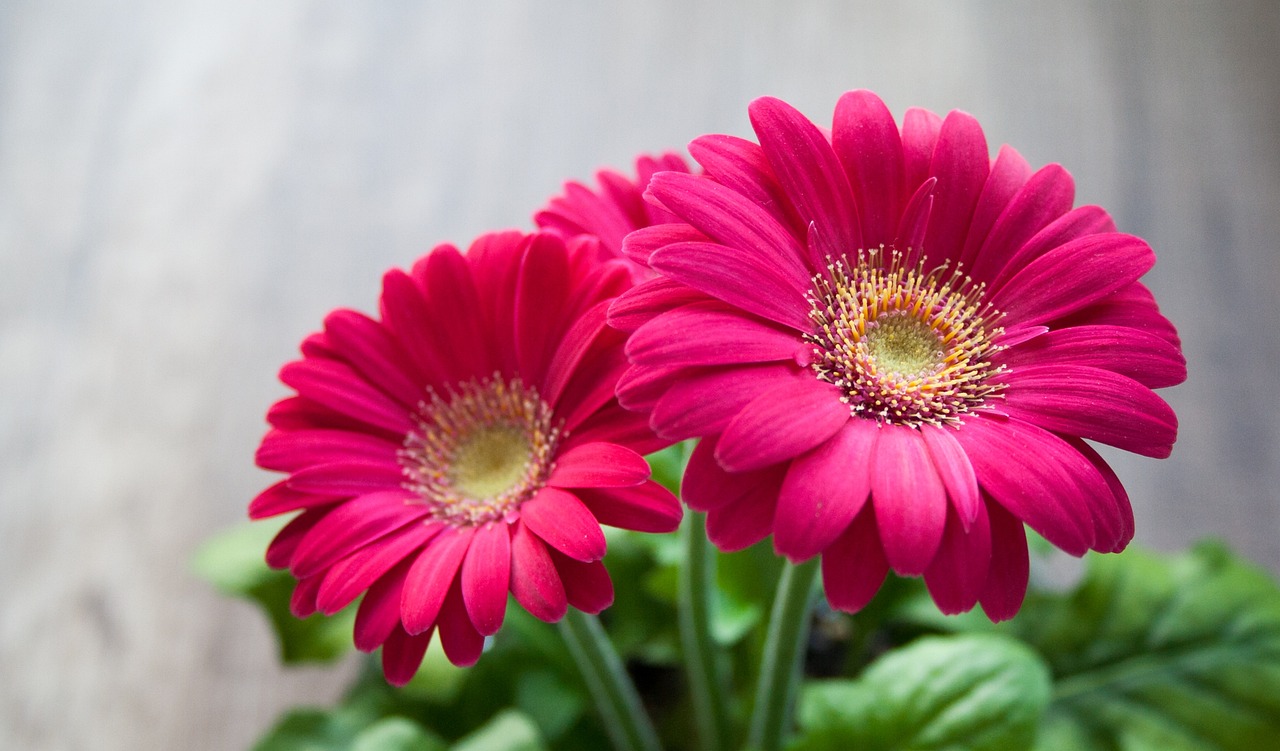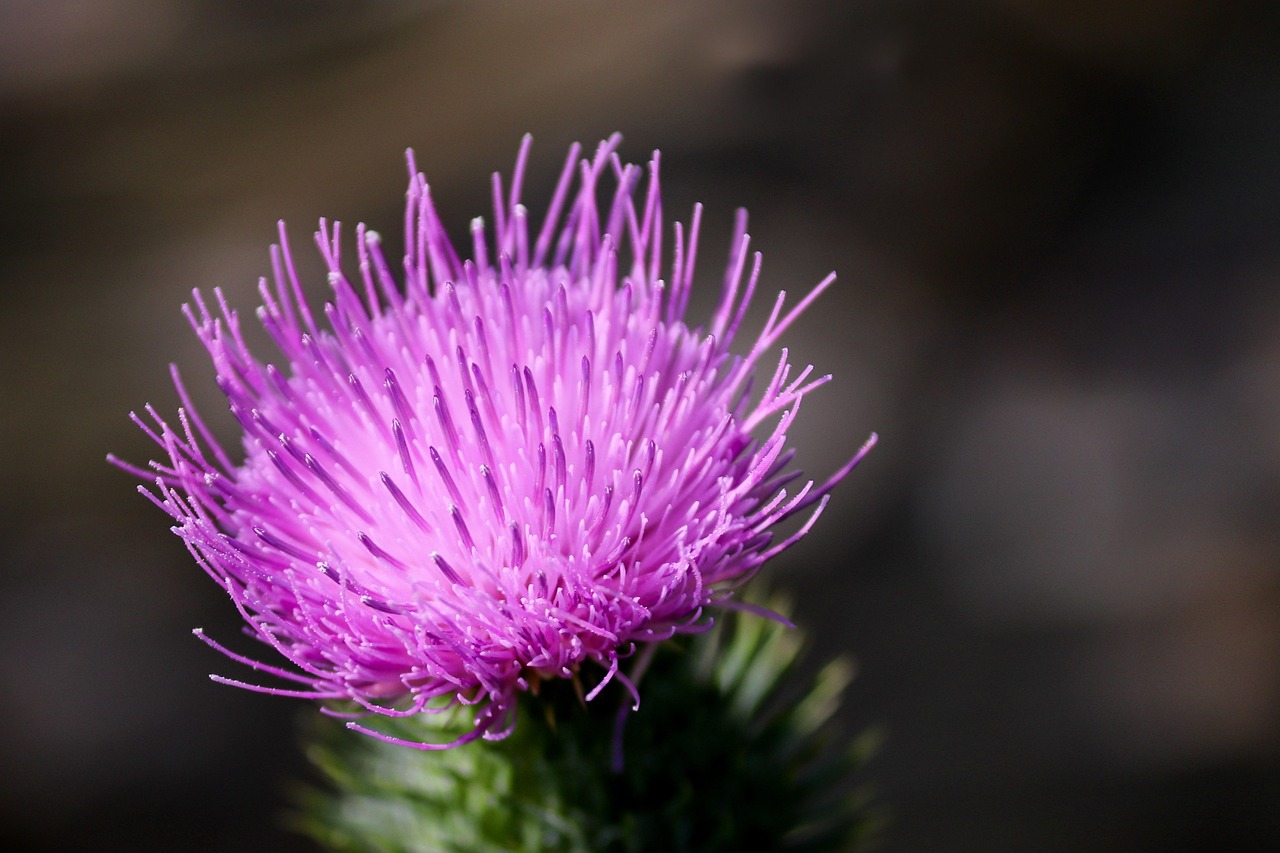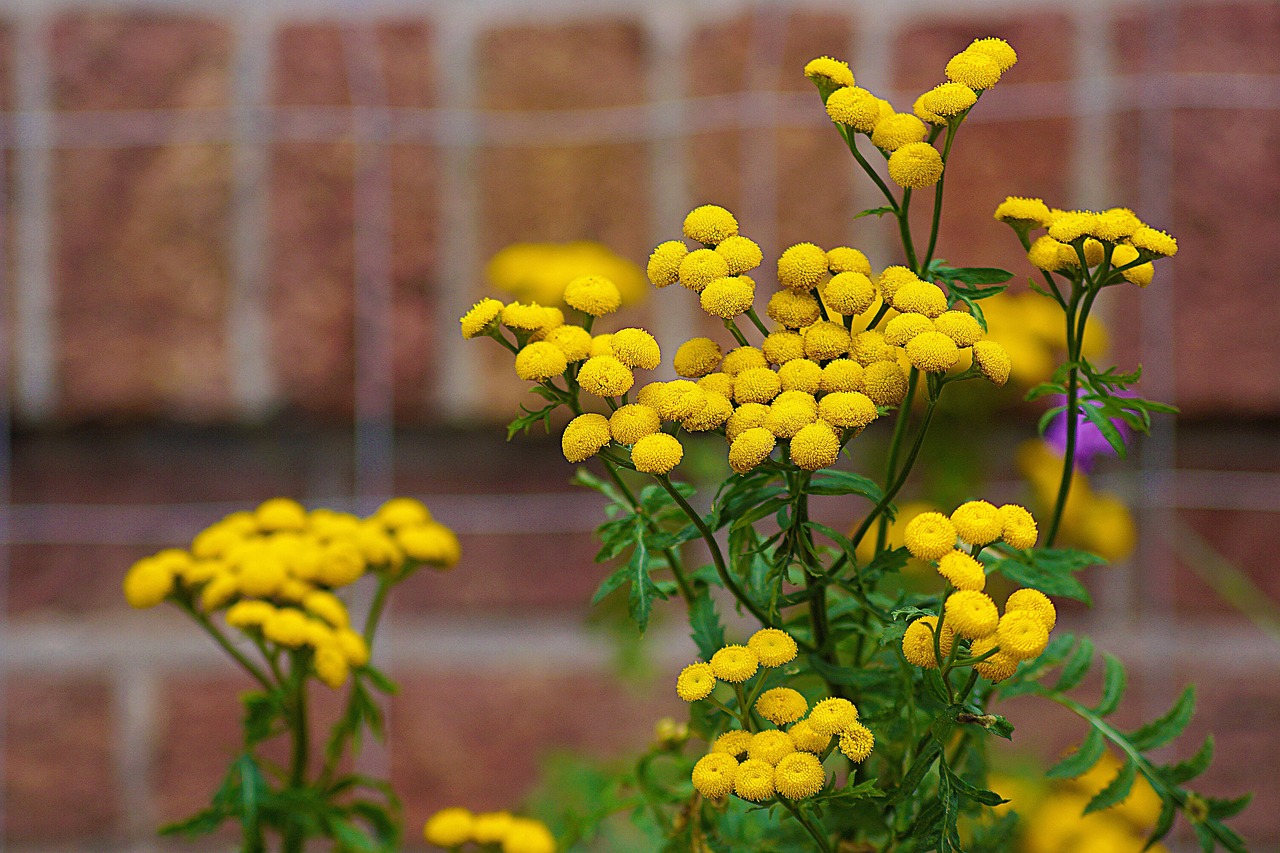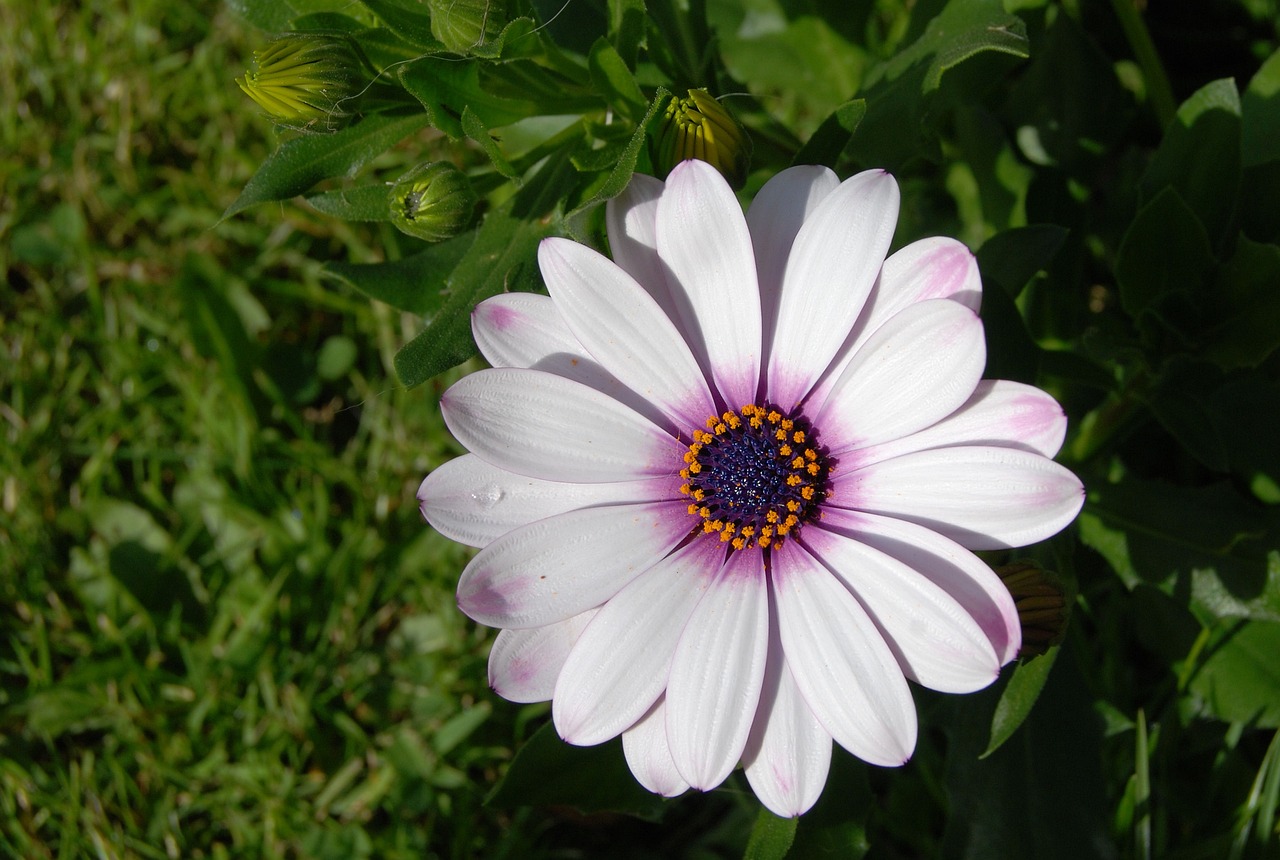Common Yarrow: Features and Care
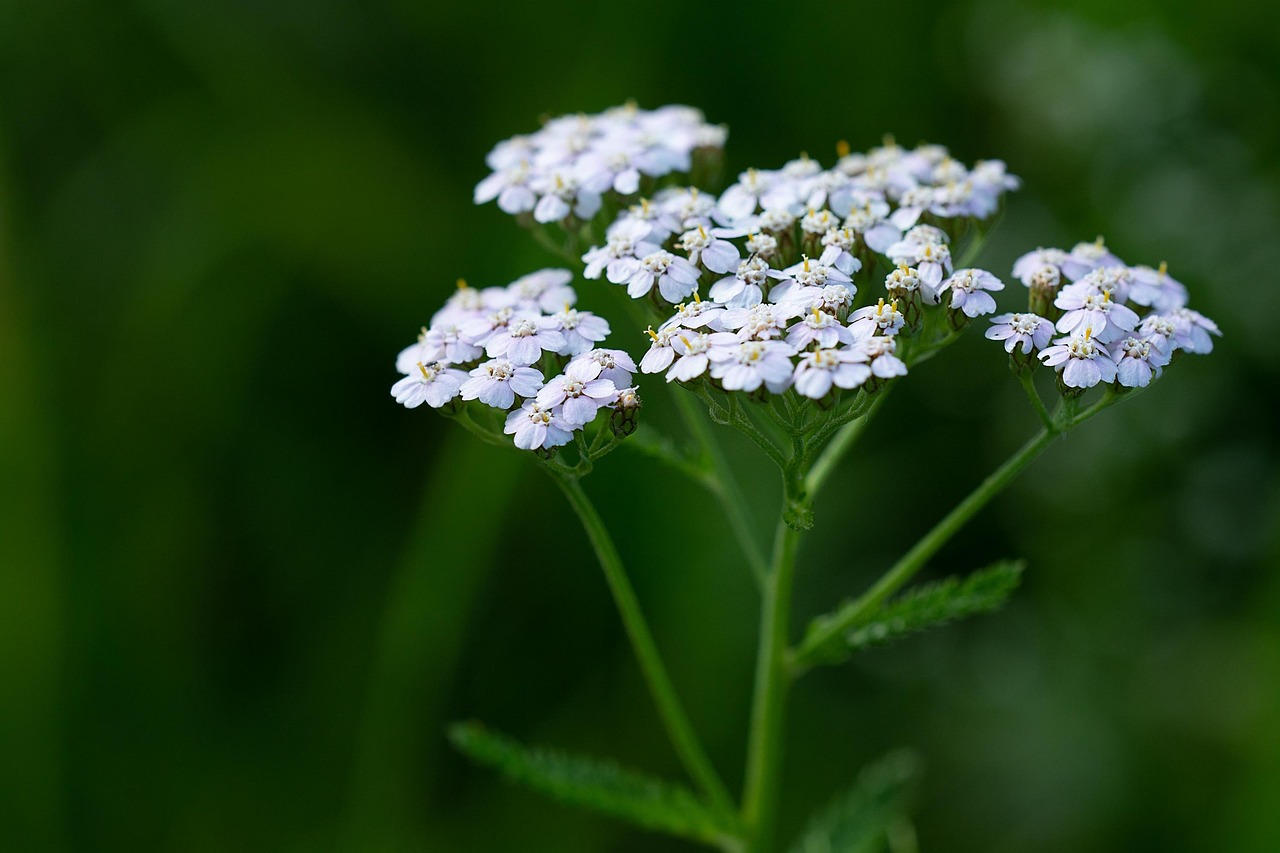
Common yarrow is a perennial plant characterized by finely divided leaves and clusters of small flowers. It is highly resistant to cold and drought, making it a popular choice for both wild meadows and cultivated gardens.
This article provides detailed information on common yarrow, including its cultural significance, historical background, and care tips.
Basic Information
- Scientific Name: Achillea millefolium
- Family: Asteraceae
- Origin: Europe, Northern Asia, North America
- Appearance:
The plant has finely divided, feather-like leaves and produces clusters of small flowers at the top of its stems. Flower colors vary by variety and include white, pink, yellow, and red. - Blooming Season:
From early summer to autumn, offering long-lasting blooms.
Cultural Significance Around the World
Common yarrow has been widely appreciated, especially in Europe, where its distinctive leaves and resilience have given it symbolic meanings. It has long been associated with warriors due to its toughness and ability to thrive in various conditions.
In medieval Europe, yarrow was commonly found in gardens and meadows, and in Germany and France, it was linked to love, often used in flower divinations and bouquets. In North America, indigenous peoples considered it a sacred plant, incorporating it into ceremonies and traditions. In Britain and Scotland, it was believed to ward off evil and was planted around homes as a protective charm.
In China, common yarrow was admired for its refined appearance, sometimes depicted in poetry and paintings. In Japan, it has become a favored ornamental plant, especially in Western-style gardens.
Historical Background
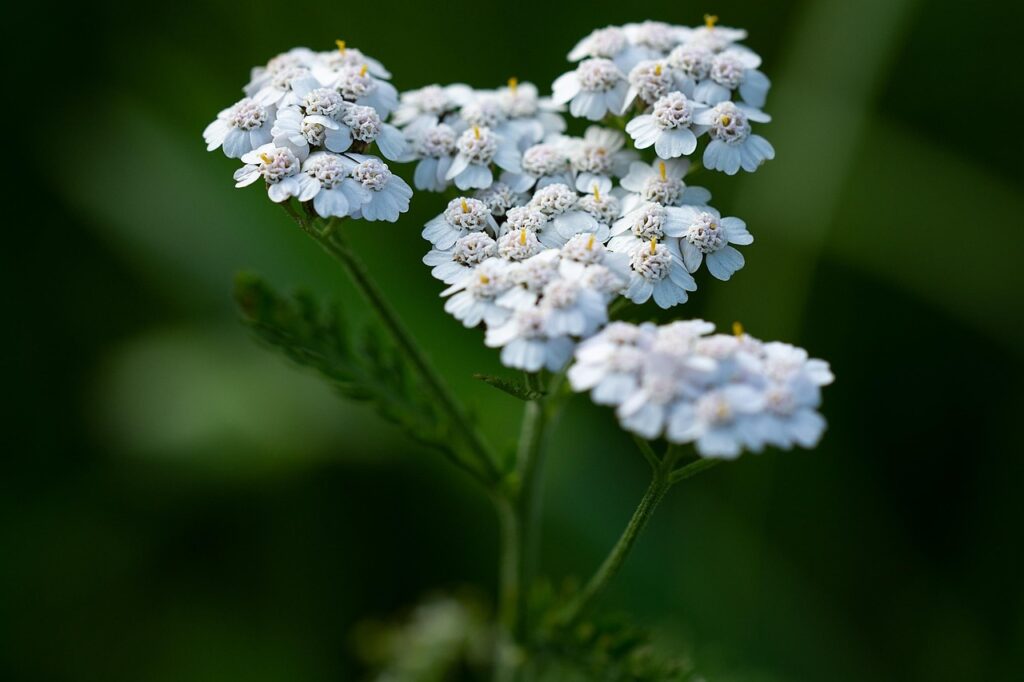
The scientific name Achillea millefolium originates from the Greek hero Achilles. According to legend, Achilles used yarrow to heal his soldiers’ wounds during the Trojan War, making it an essential battlefield plant.
During the Middle Ages, common yarrow was widely cultivated in monastic and domestic gardens, particularly in England and France, where it was used in landscape designs and as a natural border plant.
By the 19th century, yarrow had spread across North America, growing in vast grasslands and along roadsides. Today, it is found worldwide in both ornamental gardens and wild landscapes.
Gardening Tips
Common yarrow is a hardy and easy-to-grow plant, but providing the right conditions ensures healthy growth.
Sunlight
Prefers full sun. Growth may be weak in shaded areas, so plant it where it receives plenty of direct sunlight.
Watering
Highly drought-tolerant, requiring only occasional watering. Allow the soil to dry out completely before watering again. Avoid excessive moisture.
Soil
Thrives in well-draining soil. Sandy or light, loamy soil mixed with organic matter is ideal. It can grow in poor soil without the need for additional fertilization.
Fertilization
Minimal fertilization is needed. Applying a small amount of organic fertilizer during the growing season helps maintain vigor, but over-fertilization can cause the stems to become weak and fall over.
Cold Tolerance
Hardy in cold climates and does not require special winter protection. As a perennial plant, it will return year after year.
Conclusion
Common yarrow, with its finely divided leaves and dense clusters of small flowers, has been cherished across various cultures. In Europe, it was seen as a warrior’s plant, while in North America, it held spiritual significance. Its name is linked to the Greek hero Achilles, and it has played a role in historical gardens from medieval monasteries to 19th-century American landscapes.
Highly resistant to drought and cold, common yarrow is an excellent choice for gardens, bringing a touch of wild beauty while serving as a resilient ornamental plant.

